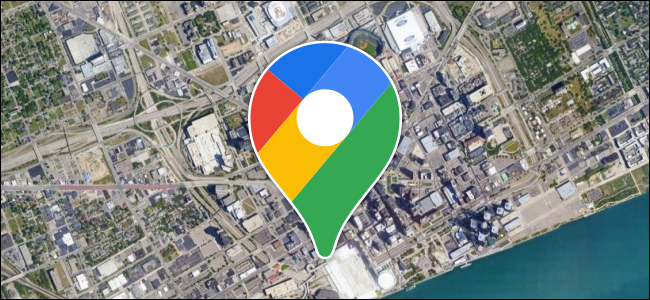

We are simply enthusiastic users of the Google Earth product. We frequently use Google Earth for research, learning, and fun! We receive no compensation from Google for recommending their service.
SATELLITE GOOGLE MAPS DRIVER
Apple is also making great efforts to revamp its mapping service to make Apple Maps a daily driver for people, at least for Apple fans.The button above takes you to the Google website where you can download Google Earth software for free. However, recently it has got a new promising competitor. Running in the number 1 position for years, the service is now available in over 220 countries. Image: Road outline data (NISG)Īll of this is still a glimpse of how Google Maps works and collects data for the entire globe. For example, below is the road outlined maps provided by the National Institute of Statistics and Geography. Speaking of roads, Google considers the data it takes from third parties. It was able to “map as many buildings in one year as we mapped in the previous 10.” This data was then fed to Google Maps’ machine learning algorithm which did the rest of the work. So, the humans in the data operations team traced common building outlines. In the past, the algorithms used to render “fuzzy buildings” that had little or no resemblance to real buildings. Image: Building outlines done by Google’s ML algorithm. Nowadays, Google’s machine learning algorithms are hard at work. The answer to this is somewhat closer to what I assumed - Google’s data operations team does it manually. Now, coming to the real question that many people want to know. You might remember Google Maps asking whether a particular place is wheelchair-accessible or not? This information is again fact-checked by the data operations team before it shows up on the page of a particular restaurant or public attraction. Google also harvests information from users as well by asking questions. A while ago it launched the Local Guides program where people can volunteer to contribute to Google Maps by adding and correcting information. In addition to this, Google collects data from users as well. It changes as you jump from one place to another.

If you open Maps on your desktop, you can see the source data in the bottom right corner.

Google combines the data it receives from multiple satellite sources. The entire data collection process is automated through an online tool that local authorities and other sources can use to upload data.įor the realistic ‘satellite view’ we see on Google maps, there obviously isn’t a single satellite up in the air sending live footage. For instance, data provided by a housing developer can help Google accurately map addresses and roads in a rural area. Image: Google Maps Trekkerīut obviously, Google can’t go through every street in the world, so it also takes data from over 1,000 third parties. It’s loaded with advanced sensors to capture 360-degree views of streets and popular places. Google has a dedicated data operations team which is responsible for managing every aspect of its mapping service - from collecting Street View data and satellite images to checking the accuracy of the information and finding out whether an address is located exactly where it has to be.Īs far as rigged humans are concerned, they wear a high-tech in-house camera known as Trekker which is used to record data for Street View. Using a combination of this data, Google tries to figure out the exact location of roads, water bodies, businesses, etc. Google explains that there are two main aspects of Google Maps: Street View and satellite imagery.


 0 kommentar(er)
0 kommentar(er)
